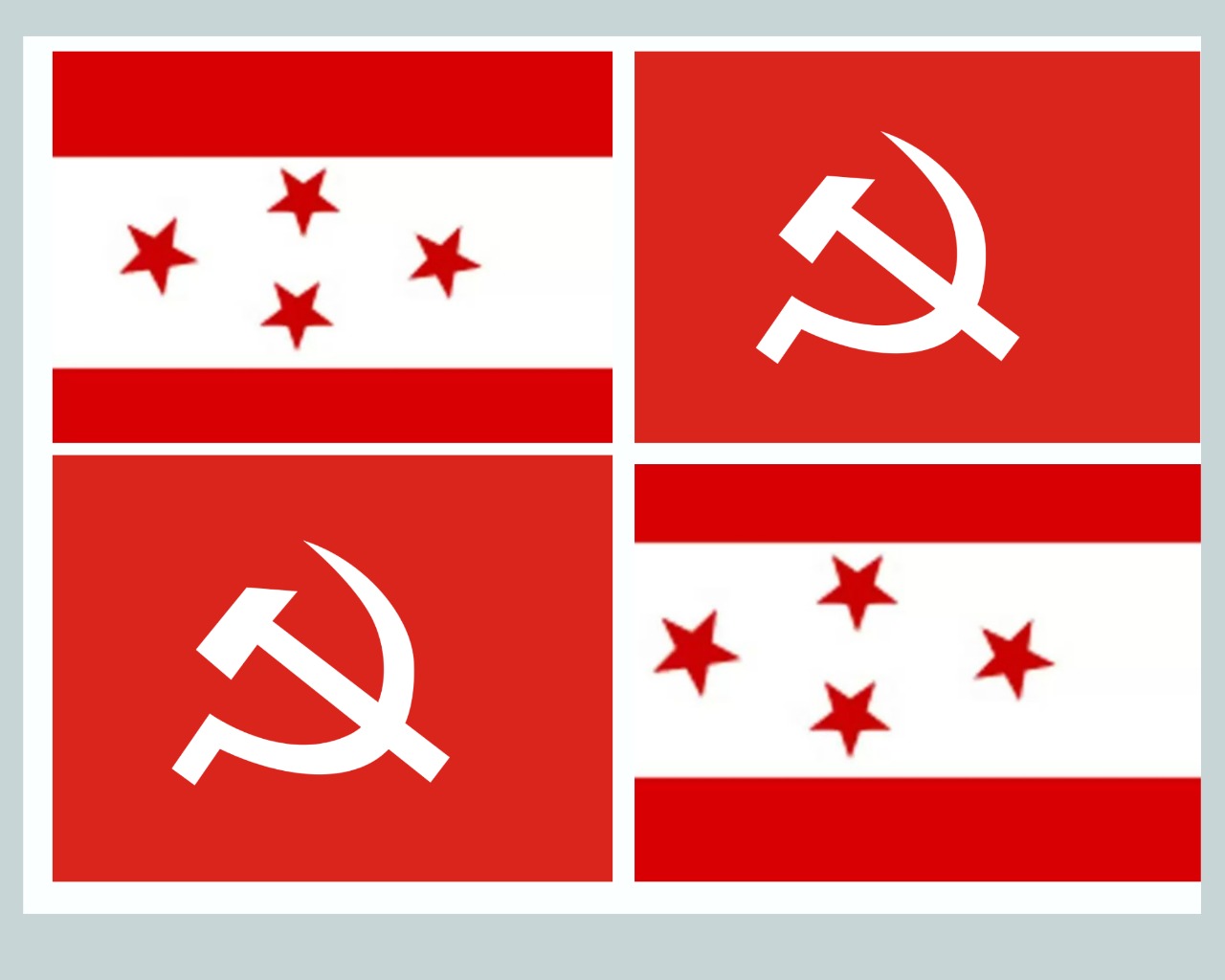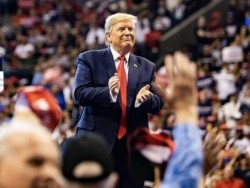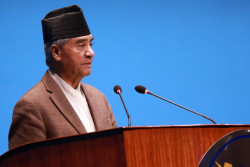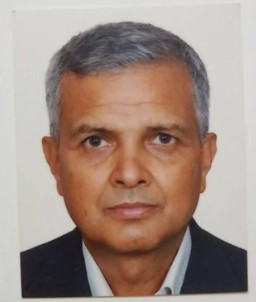Opinion
“Geography has made us neighbours. History has made us friends. Economics has made us partners. And necessity has made us allies. Those whom nature hath so joined together, let no man put asunder,” said former US president John F. Kennedy explaining the rationale behind international alliance and partnership. Alliances are made both at national and international level, not as a choice but they are borne out of compulsion.
Power is the principal motive of politics. In the modern era wherein democracy has been a global lingua franca, the road to political power is popular consent which is expressed through elections. Countries having majoritarian or first past the post-election system, a particular party is generally expected to win majority, barring a few exceptions.
In countries where election system is proportionate, electoral and post electoral alliances are necessity as no single party is likely to win the majority required to form the government. Pre-election alliances are common in countries of the Nordic region where a group of parties flock together to form blocks and contest the election based on the common minimum programme. In countries like Germany, post-electoral negotiation is more in vogue based on the position of parties in parliament. Such alliances are made primarily based on ideological similarity, though it is not always the case.
Electoral alliances?
With parliamentary elections announced for November 20 this year, guessworks are doing the rounds as to what will be the electoral alliance among parties and the make-up of the post-election government. Given the electoral system of Nepal, which is a mix of the first past the post and proportionate system, no single party is likely to win the majority necessary to form the government. The coalition government is, thus, our fait accompli.
Exercises are already afoot for electoral alliances. The parties in the present ruling coalition have formed a task force to work out the possible seat sharing in the November 20 election. If at all it comes into fruition, it will be basically Nepali Congress-communist alliance, which on ideological ground is not a natural choice but a product of necessity. Nepali Congress and communists are diametrically opposed on ideological perspective and their alliance appears politically odd, that too against another dominant communist faction.

In the politics of Nepal, there has always been a triangular political equation. History is witness to the fact that if two of the three dominant forces join hands, the third force is automatically gets marginalized. This is a historical truth. Nepali Congress, CPN-UML and CPN-Maoist Centre are the three dominant political forces at present, of which Nepali Congress and CPN-UML are the principal rivals. If the Nepali Congress forms alliance with CPN-MC and others, it is expected to have an upper hand in the upcoming parliamentary elections serving a big blow to the CPN-UML.
2017 election
In the last parliamentary election held in 2017, two key communist blocs joined hands and they not only won close to a two-thirds majority in the federal parliament but also captured six of the seven provincial governments. Nepali Congress was so badly pushed to the corner that it did not figure anywhere in the political competition.
Things got worse when the two communist blocs merged into one party.
However, their unity could not last long due to egos and ambition of two principal leaders namely KP Oli and Prachanda that led to the split of the party into two. This proved to be a huge political boon for the Nepali Congress, which currently leads the government composed of splintered left groups. The Nepali Congress emerged as a dominant force in the local bodies winning largest number of local representatives due mainly to the electoral alliances with the Maoists and others.
Encouraged by the success in local election, Nepali Congress seeks to form similar alliance in the federal and provincial parliamentary elections. If they form the alliance in the election, CPN-UML is expected to be marginalised in the central and in the provincial politics for at least another five years.
Oli's options
CPN-UML is hard-pressed to foil the Nepali Congress-Maoist alliance as it knows that it will have to pay a big price in the election. However, CPN-UML has limited options. There is a huge trust deficit between KP Oli and Prachanda and thus their electoral coalition is not feasible at the moment, although, given the past track record of the communists, nothing can be said with certainty as to what they will exactly do.
In the last parliamentary elections five years ago, CPN-Maoist abruptly broke coalition with the NC in the last hour and forged an alliance with the CPN-UML.
Given the trust deficit between Oli and Prachanda and their feelings of vengeance against one another, a communist alliance appears far-fetched at least in the upcoming election. Congress-Maoist alliance is close to reality, despite the desperate attempts of the CPN-UML against it. CPN-UML is, thus, weighing different options targeting the parliamentary elections in case of Congress-Maoist electoral arrangement.
CPN-UML boasts to contest the election both at the federal and the provincial level against the five-party alliance and eventually win. This is CPN-UML’s tall claim but difficult to accomplish given the combined strength of the rival forces in the present power equation. One likes it or not, Nepali Congress and the CPN-UML are the two principal political rivals which have almost similar level of strength nationwide in terms of organisation and popular support.
Third force
The support of the third force namely the Maoists will tilt the balance towards the Nepali Congress and CPN-UML will definitely have poor showing in the election. To counter the Congress-Maoist alliance, CPN-UML will seek to make electoral arrangements with other smaller groups including Madhesi and Rastriya Prajatanra Parties based on the local conditions. But it is not likely to have significant difference in the election.
The Congress-Maoist coalition, too, is not likely to go a long way. Firstly, this alliance is not based on ideals and ideology but merely a marriage of convenience singularly targeting to teach KP Oli a lesson. Secondly, their ideological ground is so diametrically opposed that they cannot cohabit for long as Nepali Congress believes political legitimacy comes from ballots whereas the Maoists - in the past - pledged allegiance to the dictum “power flows out of the barrel of a gun’.






